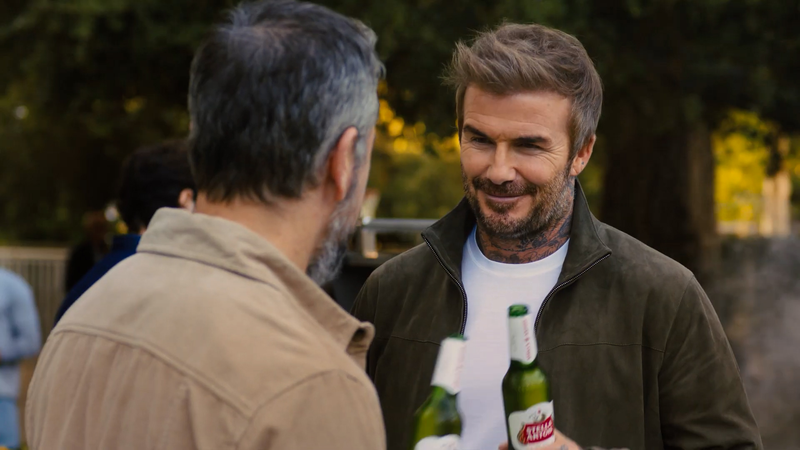His eye was ‘melted’ in the attack. The victim of an acid attack has said he is “so thankful” after a pioneering treatment using donated placenta saved his eye. Paul Laskey, a plumber and heating engineer from Newcastle, suffered a severe chemical burn to his left eye in February 2023.
![[An amnion graft, created by taking tissue from the inner lining of a donated placenta]](https://static.independent.co.uk/2025/02/19/17/33/Acid-attack-victim-has-eye-saved-by-donated-placenta-6a9lx0hd.jpeg)
Mr Laskey’s son was robbed at knife point. When Mr Laskey tried to intervene, he was squirted in the face with a substance that was believed to be battery acid. The corrosive substance effectively “melted” both the inner and outer layers of his cornea, leaving his eye unable to repair itself.
![[Paul Laskey’s eye was badly damaged in an acid attack in February 2023]](https://static.independent.co.uk/2025/02/19/16/43/Acid-attack-victim-has-eye-saved-by-donated-placenta-dnox54a4.jpeg)
The damage was so extensive that the nerves in his eye began to malfunction. The 43-year-old was rushed to Newcastle Royal Victoria Infirmary, where he underwent a series of intensive procedures over eight months. This included two emergency corneal transplants and three amnion grafts, a groundbreaking technique using membranes derived from donated placentas.
The amnion grafts played a crucial role in Mr. Laskey's recovery, promoting healing and regeneration in his damaged eye. NHS Blood and Transplant’s (NHSBT) Cord Blood Bank collects donated placentas at two hospitals: University College London and Luton and Dunstable Hospitals.
Scientists at NHSBT’s Tissue and Eye Services then use these to create a specialist tissue graft, which can be used to treat eye injuries. They can stabilise the eye and avoid any further melting, before any other sight-saving treatments are performed.
Mr Laskey, a father of three, is now waiting for a stem cell transplant with hopes that some of his sight can be restored. He currently has no sight in his left eye, he said. “I was told from day one that it wasn’t about saving the sight, it was about saving the eye, and then we can work on that.”.
Robbie Scott, from Gateshead, was jailed for a decade after the attack. Mr Laskey said his son, who had a gold chain stolen in the incident, is “getting there”. “He says he has a lot of guilt but it’s not his fault.”. Mr Laskey said that he has since returned to work but “struggles” sometimes and occasionally burns himself because he does not have a full field of vision.
Professor Francisco Figueiredo, consultant ophthalmologist at Newcastle Eye Centre, who treated Mr Laskey for his injuries, said: “Chemical eye burns are a true emergency – they can cause significant sight loss that will substantially impact the quality of the patient’s life and rapid treatment is crucial.
“In Paul’s case, which is really quite severe, we began by removing any residues of the chemical agent that may have still been in contact with the eye, before progressing to intensive, topical, systemic and surgical treatment, using amniotic membrane transplantation.
“Amnion grafts have been essential in helping the management of Paul’s severe eye burn. “They are thin, lightweight, elastic and almost transparent, making them ideal for use on the surface of the eye and help to heal eye surface tissue damage while also providing anti-inflammatory benefits. These grafts have helped to save the vision Paul still has – and allowed us to move towards further treatment to restore his lost sight.
“Amnion is widely used for a variety of ocular surface problems and it is incredible to think that this is possible due to the generosity of a mother, donating the organ that she has grown to help grow her child. It really is remarkable.”. NHSBT said that each donated placenta can be used to make around 50 to 100 amnion grafts, which can also be used to treat burns and wounds, among other uses.
Mr Laskey added: “I’m so thankful to the mother who chose to donate her placenta to help people like me who are at risk of losing their sight completely. It’s incredible to know that a new life can help so many people in such a profound way, using something that’s usually thrown away.”.
Claire Price, national retrieval manager at NHS Blood and Transplant’s Tissue and Eye Services, said: “Amnion grafts are very special things indeed – they play a crucial role in the treatment to save the vision of those who have suffered accidents or injuries, as well as in some corneal transplants, which are life-changing for many.
“We make amnion grafts from the amniotic membrane – the inner layer of the placenta, which some mothers choose to very kindly donate after birth. “We’re pleased to hear that NHSBT amnion grafts have played such a crucial part in Paul’s journey so far and we thank all of the mothers who donate their placentas to make treatments like this possible.

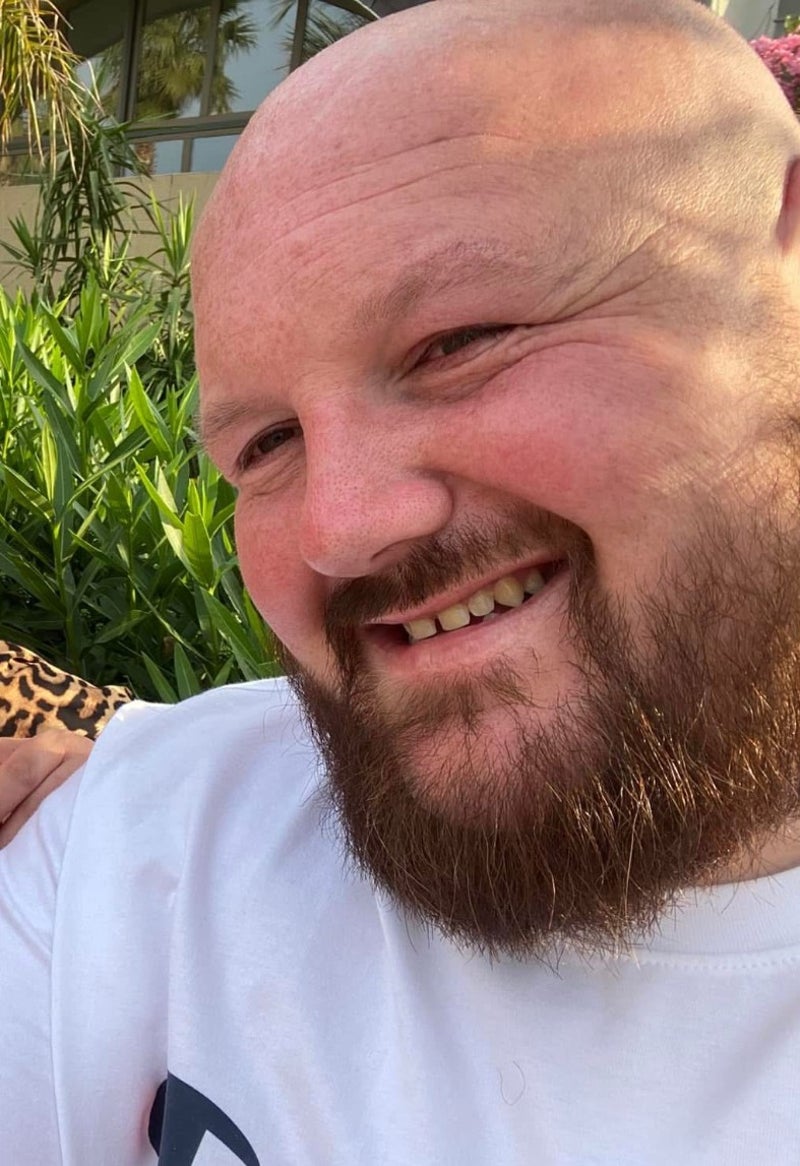



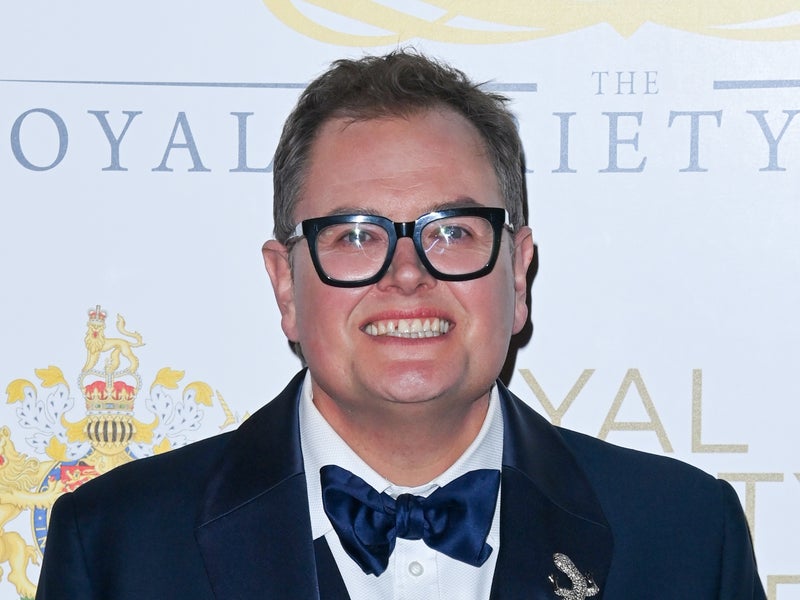











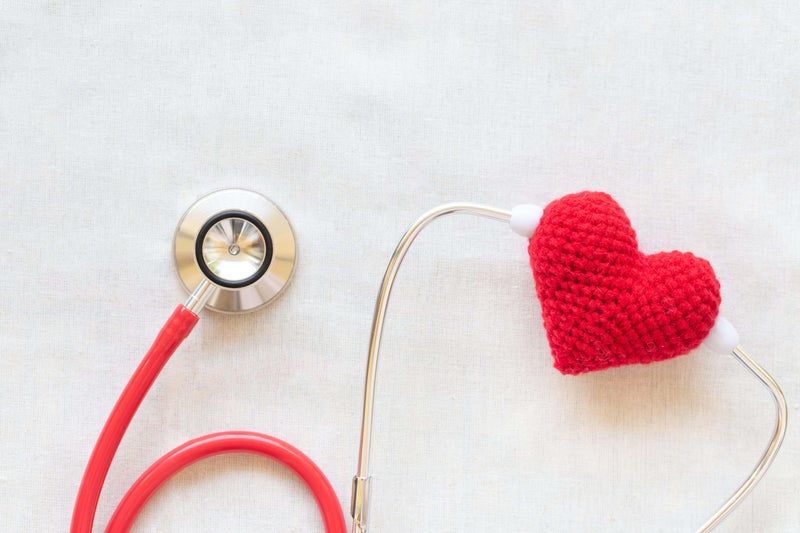





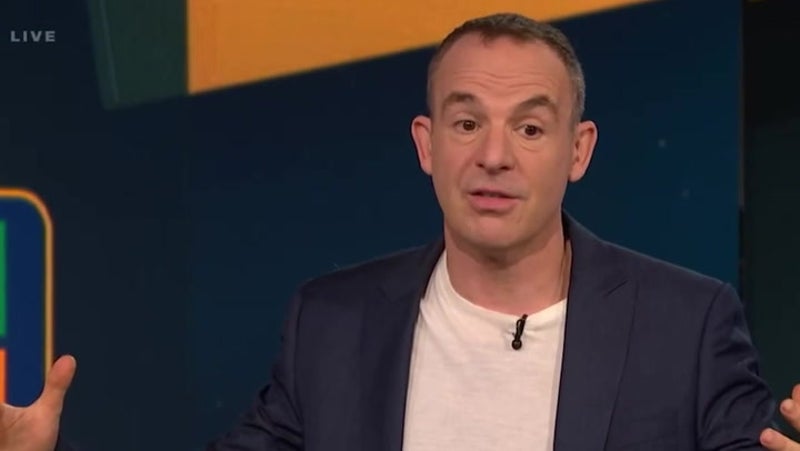



.jpeg?trim=140,358,715,326&quality=75&auto=webp&width=960)
.png?trim=0,40,0,39&quality=75&auto=webp&width=1000)

